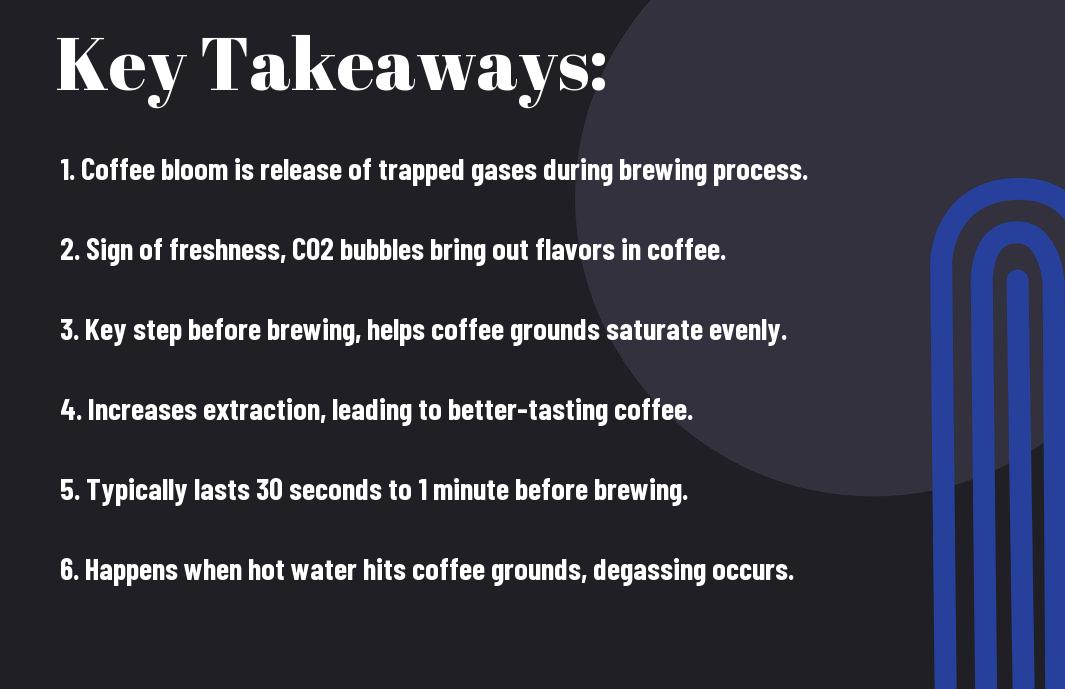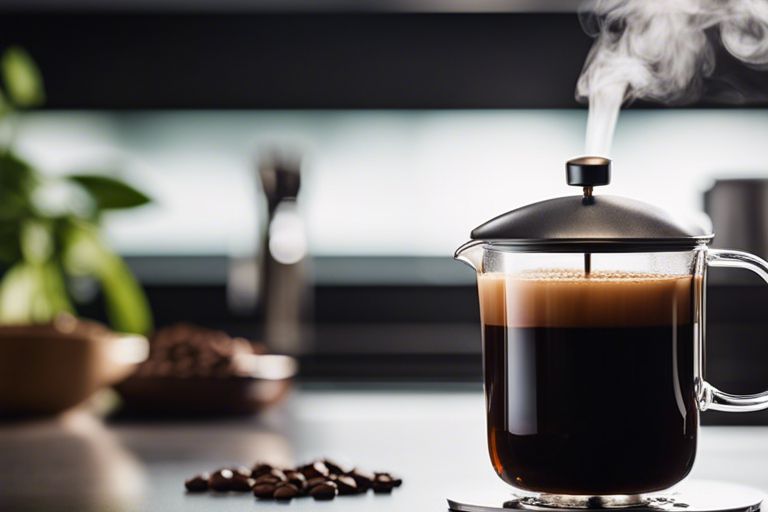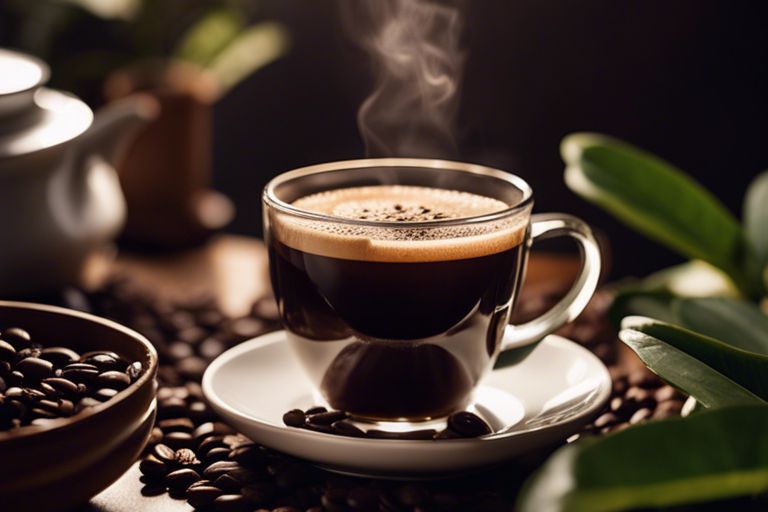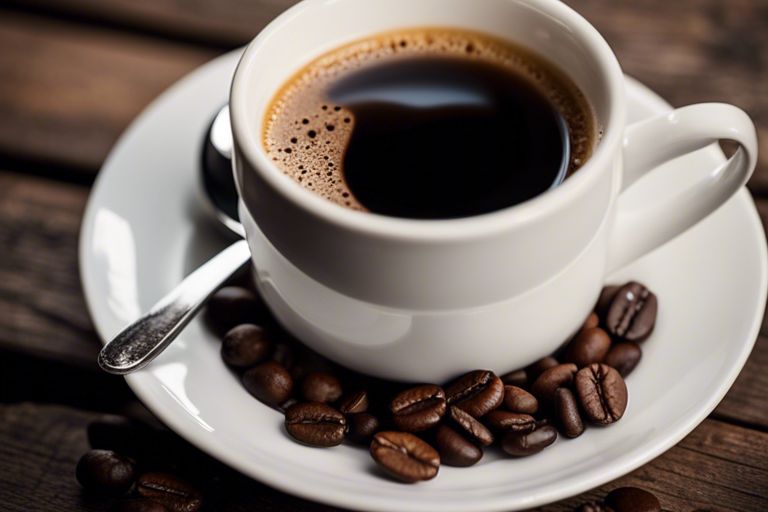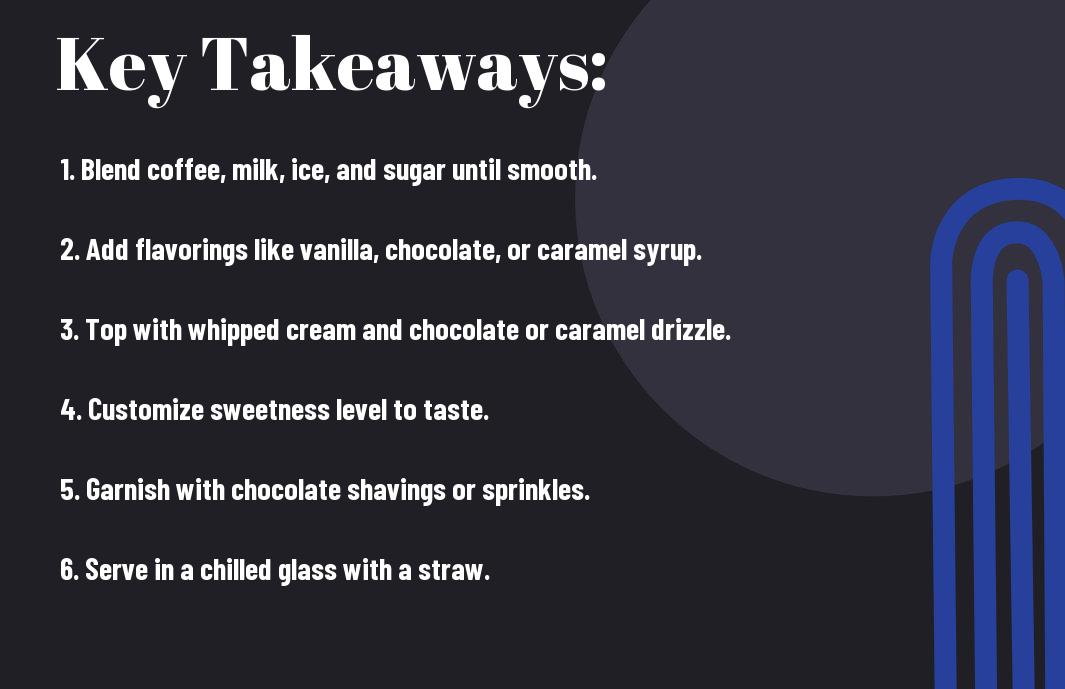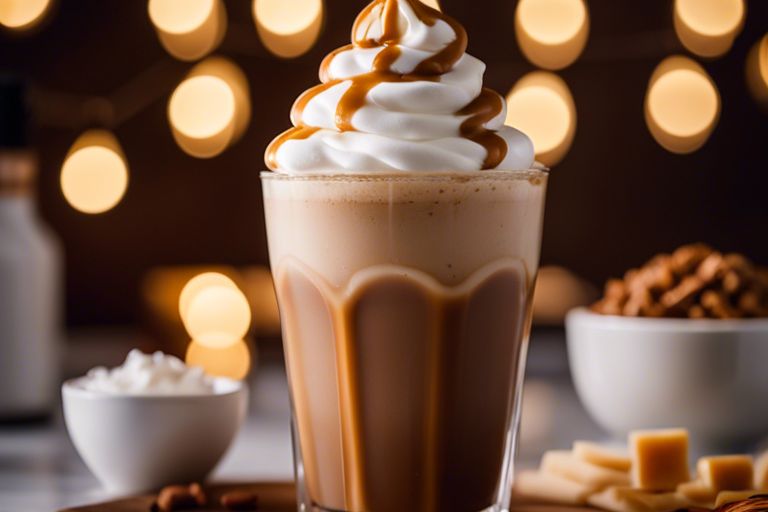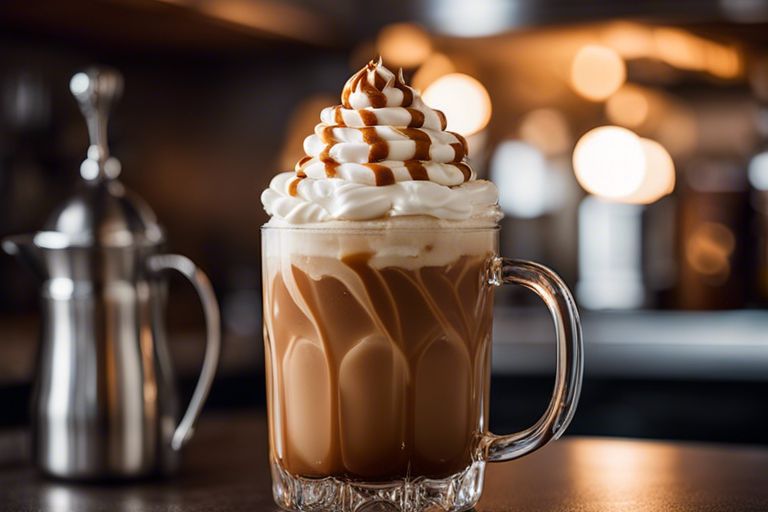Just like alchemy transformed metals into gold, the magic of nitrogen infusion turns ordinary cold brew coffee into a velvety-smooth and creamy concoction known as nitro coffee. This enchanting elixir is created by infusing cold brew coffee with nitrogen gas to produce a rich and frothy beverage that tantalizes the taste buds and offers a unique drinking experience. Let’s probe into the fascinating world of nitro coffee and uncover the secrets behind this bubbly brew.
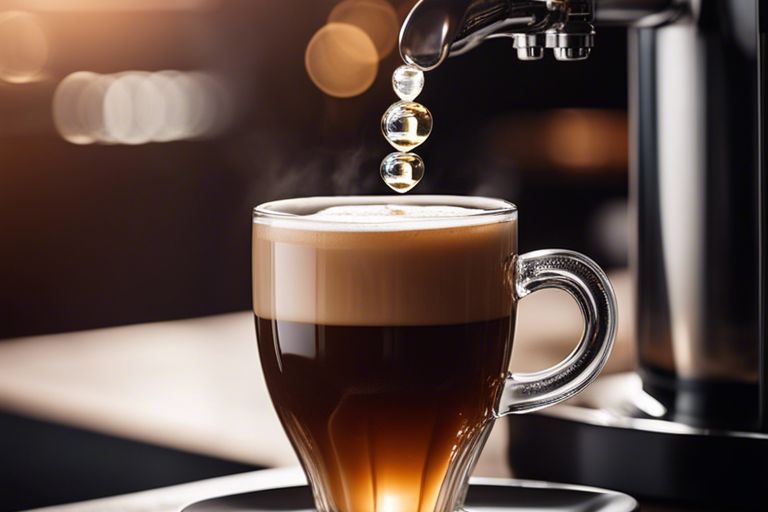
Key Takeaways:
- Nitro coffee is cold brew coffee infused with nitrogen gas, giving it a creamy texture and a frothy top similar to a stout beer.
- The nitrogen infusion adds a smooth and velvety mouthfeel to the coffee, enhancing its overall drinking experience.
- Nitro coffee is typically served on tap from a keg, which helps maintain the drink’s freshness and carbonation levels.
- This type of coffee is becoming increasingly popular for its unique taste, texture, and visually appealing presentation.
- It’s important to note that nitro coffee contains more caffeine than regular coffee, making it a strong and flavorful beverage choice for coffee enthusiasts.
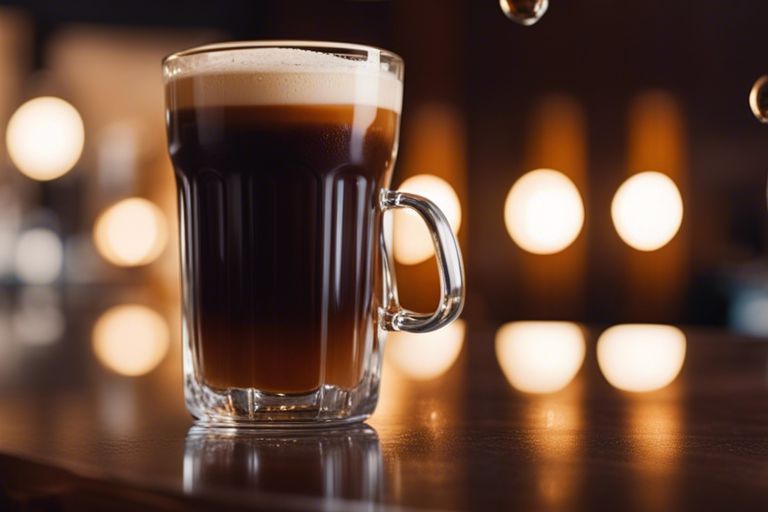
Origins of Nitro Coffee
The Birth of Nitro Coffee
Coffee has long been a beloved beverage around the world, but the concept of nitro coffee is a relatively recent innovation. The birth of nitro coffee can be traced back to a small cafe in Austin, Texas, where a clever barista decided to infuse cold brew coffee with nitrogen gas, creating a smooth and creamy texture with a frothy head similar to that of a stout beer.
How It Became Popular
Nitro coffee quickly gained popularity among coffee enthusiasts for its unique texture and bold flavor profile. As word spread about this novel way of serving coffee, more coffee shops and roasteries started offering nitro coffee on their menus. The trend soon caught on in major cities across the United States and beyond, with specialty coffee shops and even larger chains adding nitro coffee to their offerings.
Origins of Nitro Coffee can be further traced back to the craft beer industry, where nitrogen infusion has been used for decades to create smoother and creamier beers. This inspiration from the beer world has brought a new dimension to the coffee experience, offering a velvety mouthfeel and a visually striking cascade effect when poured from a tap.
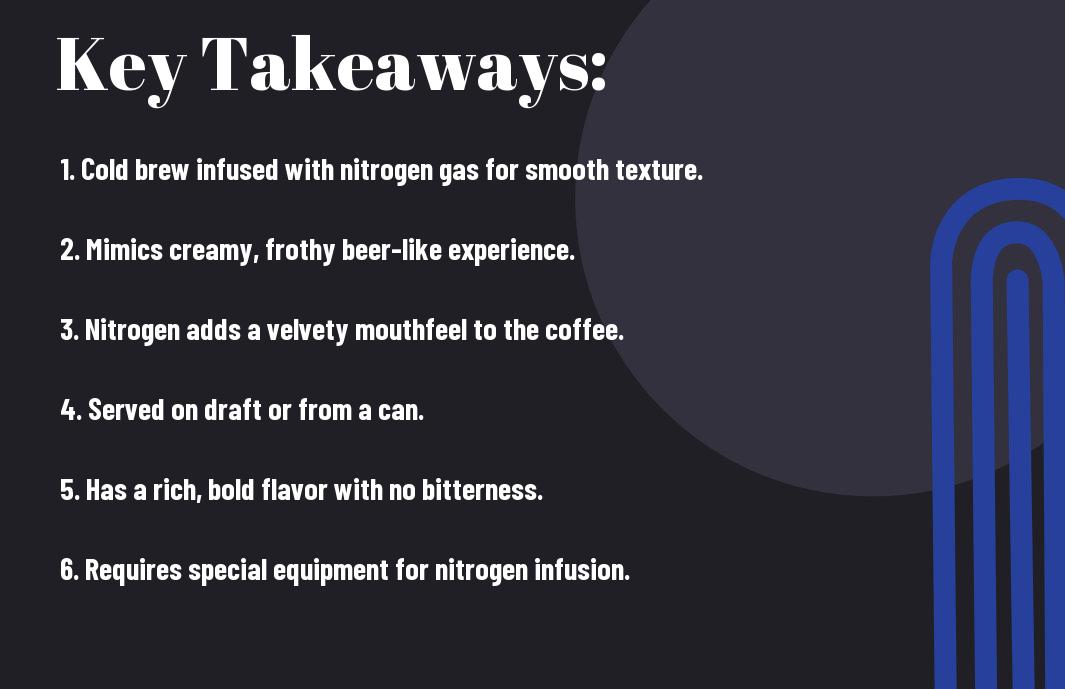
What Makes Nitro Coffee Unique
The Role of Nitrogen Gas
Makes Nitro Cold Brew Coffee stand out is the infusion of nitrogen gas. When nitrogen is added to cold brew coffee and the mixture is poured from a tap system, it creates a creamy and velvety texture with a cascading effect, similar to a nitro beer.
This process not only enhances the visual appeal of the coffee but also contributes to a smoother mouthfeel, making the coffee seem almost like a dessert in a glass.
The Science Behind the Fizz
What creates the unique fizz in nitro coffee is the smaller bubbles formed by the nitrogen gas as opposed to the larger bubbles in carbonated drinks. These tiny bubbles give nitro coffee a rich and frothy consistency that adds to the drinking experience.
The Impact on Flavor and Texture
Another exciting aspect of nitro coffee is how the nitrogen infusion enhances both the flavor and texture of the cold brew. The nitrogen bubbles help distribute and aerate the coffee, unlocking new flavor profiles and creating a creamier texture.
This unique process also tones down the acidity of the coffee, resulting in a smoother and less bitter taste that appeals to a wide range of coffee enthusiasts.
The Brewing Process
How Nitro Coffee is Made
Process
Not your average cup of joe, nitro coffee goes through a unique brewing process that sets it apart from traditional brewed coffee. To create this velvety and creamy beverage, cold brew coffee is infused with nitrogen gas. This process gives nitro coffee its signature smooth and bubbly texture, reminiscent of a stout beer.
The Importance of Pressure and Temperature
One
| Pressure | Temperature |
| Nitrogen gas is infused into the cold brew coffee under high pressure, typically using a keg with a nitrogen tank. | The ideal temperature for serving nitro coffee is between 38-40°F, ensuring optimal flavor and texture. |
The importance of pressure and temperature in the brewing process of nitro coffee cannot be understated. The right balance of these factors is crucial in achieving the perfect smoothness and creaminess that nitro coffee enthusiasts crave.
The Art of Tapping and Pouring
Importance
A
Brewing
Not all cafes are equipped with nitro taps, which are specifically designed to infuse cold brew coffee with nitrogen gas. When tapping and pouring a nitro coffee, the barista plays a crucial role in creating the drink’s signature cascading effect and creamy head. The art lies in the tilt of the glass, the smooth pull of the tap, and the patience required to pour the perfect nitro coffee.
Types of Nitro Coffee
To truly understand the world of nitro coffee, one must probe into the different types of this trendy beverage. Here are some common variations:
- Cold Brew Nitro Coffee
- Hot Brew Nitro Coffee
- Flavored Nitro Coffee
- Infused Nitro Coffee
- Specialty Nitro Coffee Drinks
After exploring these various types, one can truly appreciate the versatility and creativity that nitro coffee has to offer.
Cold Brew vs. Hot Brew Nitro
One of the key distinctions in the world of nitro coffee is the brewing method used. Cold brew nitro coffee is made by steeping coffee grounds in cold water for an extended period, typically 12-24 hours, resulting in a smooth and less acidic flavor profile. On the other hand, hot brew nitro coffee is made using traditional hot water brewing methods, which can result in a bolder and more robust flavor. Both variations can be infused with nitrogen to create that signature creamy texture and cascading effect when poured.
Flavored and Infused Nitro Coffees
Any coffee enthusiast knows that the world of nitro coffee doesn’t stop at the traditional black brew. Flavored and infused nitro coffees have taken the market by storm, offering a myriad of creative and delicious options. From vanilla and caramel to peppermint and cinnamon, the possibilities are endless. These flavored nitro coffees are perfect for those looking to add a touch of sweetness or spice to their morning pick-me-up.
Brewing your nitro coffee at home opens up a world of experimentation with different flavor combinations and infusion techniques. Whether you prefer a classic vanilla latte or a trendy lavender-infused nitro brew, the options are limited only by your imagination.
Specialty Nitro Coffee Drinks
Any cafe worth its salt will have a menu full of specialty nitro coffee drinks that go beyond the basics. These concoctions often feature unique flavor combinations, creative presentations, and sometimes even alcohol additions. From nitro cold brew floats to nitro coffee cocktails, the specialty nitro coffee drink scene is constantly evolving and pushing the boundaries of what is possible with this beloved beverage.
Specialty nitro coffee drinks are a fun way to experience new and exciting flavor profiles while enjoying the smooth and effervescent qualities of nitro coffee. Whether you’re a fan of fruity blends, chocolatey concoctions, or bold and bitter combinations, there’s a specialty nitro coffee drink out there for everyone to enjoy.
Health Benefits and Concerns
Keep What Is Nitro Coffee? A Guide to Nitrogen Infused Drinks in mind when considering the health benefits and concerns associated with nitro coffee. This trendy beverage has gained popularity for its smooth texture and rich flavor, but there are some aspects to be aware of when it comes to your health.
Caffeine Content and Sensitivity
Content: Nitro coffee typically has a higher caffeine content than regular coffee due to the brewing process and the extended contact time between coffee grounds and water. For individuals sensitive to caffeine, nitro coffee may lead to jitteriness, insomnia, or increased heart rate. It’s vital to be mindful of your caffeine tolerance and consumption to avoid any adverse effects on your health.
The Effects of Nitrogen on Digestion
With the infusion of nitrogen in nitro coffee, some people may experience bloating or gas due to the gas bubbles in the drink. However, the impact varies from person to person, and not everyone will experience these digestive issues. If you have a sensitive stomach or digestive concerns, it’s advisable to monitor how your body reacts to nitro coffee and adjust your intake accordingly.
Plus, the nitrogen in nitro coffee can also potentially aid digestion by promoting better nutrient absorption and gut health. The nitrogen bubbles create a creamy texture, which can enhance the overall drinking experience while potentially benefiting your digestive system.
Potential Allergies and Intolerances
Benefits: Some individuals may have allergies or intolerances to the nitrogen used in nitro coffee. Symptoms can range from mild discomfort to more severe reactions, such as bloating, cramps, and gastrointestinal issues. For instance, those with underlying conditions like irritable bowel syndrome (IBS) or lactose intolerance may be more susceptible to adverse effects from consuming nitro coffee. It’s vital to listen to your body and consult with a healthcare provider if you experience any concerning symptoms after drinking nitro coffee.
Where to Find Nitro Coffee
Despite the growing popularity of nitro coffee, it can still be a bit elusive to find. Here are some places where you can get your fix of this smooth and creamy beverage.
Specialty Coffee Shops and Cafes
Specialty coffee shops and cafes are among the best places to find nitro coffee. These establishments take pride in offering high-quality coffee and unique brewing methods, making them the perfect spot to enjoy a delicious cup of nitro coffee. Look for local cafes that specialize in craft coffee brewing for the best nitro coffee experience.
Online Retailers and Delivery Services
An increasing number of online retailers and delivery services are now offering nitro coffee for purchase. This option is convenient for those who may not have access to specialty coffee shops or cafes in their area. You can choose from a variety of nitro coffee brands and have it delivered right to your doorstep for enjoyment at home.
Online retailers often provide detailed descriptions of the flavor profiles and brewing methods used for their nitro coffee products, allowing you to pick the perfect option that suits your preferences. Some retailers even offer subscription services, ensuring you never run out of your favorite nitro coffee supply.
Making Nitro Coffee at Home
For those who prefer a DIY approach, making nitro coffee at home is easier than you might think. Specialty equipment such as nitro coffee kegs and chargers can be purchased online or at specialty kitchen stores. By cold brewing your favorite coffee blend and infusing it with nitrogen using the nitro equipment, you can create your own velvety smooth nitro coffee right in your kitchen.
Coffee enthusiasts can experiment with different coffee beans, brewing times, and nitrogen infusion levels to customize their nitro coffee just the way they like it. Making nitro coffee at home is not only cost-effective but also allows you to enjoy this trendy beverage anytime without having to leave the comfort of your home.
Conclusion
Following this exploration of nitro coffee, it becomes evident that this unique beverage offers coffee lovers a new way to enjoy their favorite drink. With its smooth texture, creamy head, and slightly effervescent quality, nitro coffee provides a refreshing and novel experience. Whether enjoyed plain or infused with flavors, nitro coffee stands out as a trendy and innovative option for those seeking a different coffee experience.
As the popularity of nitro coffee continues to rise, it is clear that this beverage has found its place among coffee enthusiasts looking for something beyond the traditional cup of joe. With its distinctive characteristics and engaging presentation, nitro coffee offers a delightful and alluring alternative that is sure to captivate the taste buds of many coffee connoisseurs.
FAQ
Q: What is nitro coffee?
A: Nitro coffee is cold brew coffee infused with nitrogen gas, typically served on tap like a beer. The nitrogen gives the coffee a rich and creamy texture with a foamy top, similar to a stout beer.
Q: How is nitro coffee different from regular coffee?
A: Nitro coffee is different from regular coffee because it is infused with nitrogen gas, which gives it a smoother and creamier texture. It also has a slightly sweeter taste due to the nitrogen bubbles enhancing the coffee’s natural flavors.
Q: Is nitro coffee stronger than regular coffee?
A: Nitro coffee is not necessarily stronger in terms of caffeine content than regular coffee. However, because of its smooth and rich flavor profile, some people perceive it to be stronger even though it has a similar caffeine content.
Q: How is nitro coffee served?
A: Nitro coffee is typically served on tap from a keg or a nitro coffee machine. It is poured into a glass or a cup, creating a cascading effect as the nitrogen bubbles rise to the top, forming a creamy layer.
Q: Does nitro coffee contain dairy?
A: Nitro coffee does not contain dairy unless it is specifically added by the barista. The creamy texture of nitro coffee comes from the nitrogen bubbles, not from any dairy products.
Q: Can you make nitro coffee at home?
A: Yes, you can make nitro coffee at home using a nitro coffee maker or a whipped cream dispenser with nitrogen chargers. Simply pour your cold brew coffee into the container, infuse it with nitrogen, and enjoy your homemade nitro coffee.
Q: What are the benefits of drinking nitro coffee?
A: Some benefits of drinking nitro coffee include a smoother and creamier texture, enhanced natural flavors of the coffee, and a unique drinking experience similar to enjoying a draft beer. Additionally, nitro coffee is low in calories and sugar, making it a healthier alternative to sweetened coffee beverages.



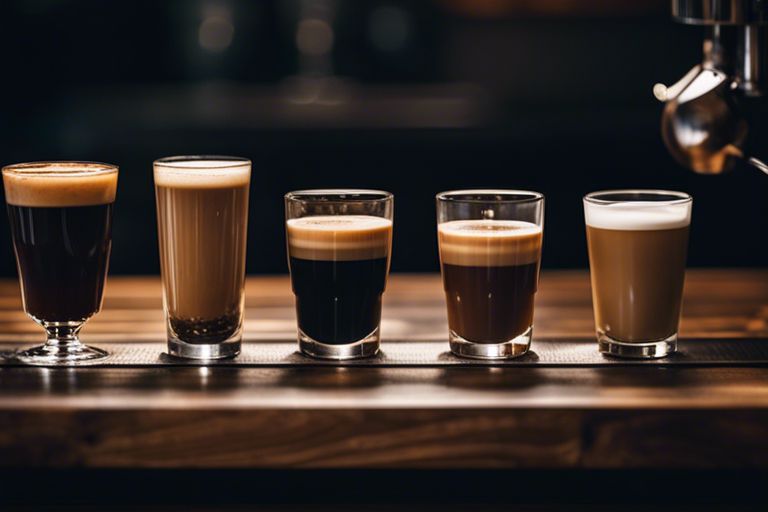
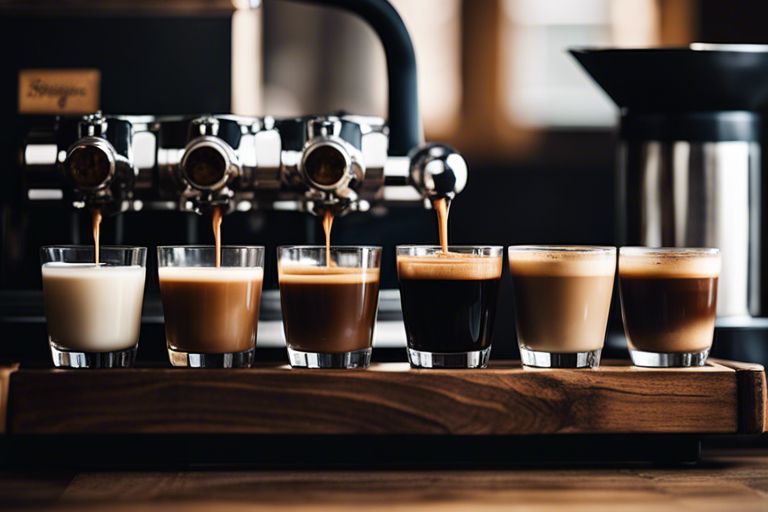


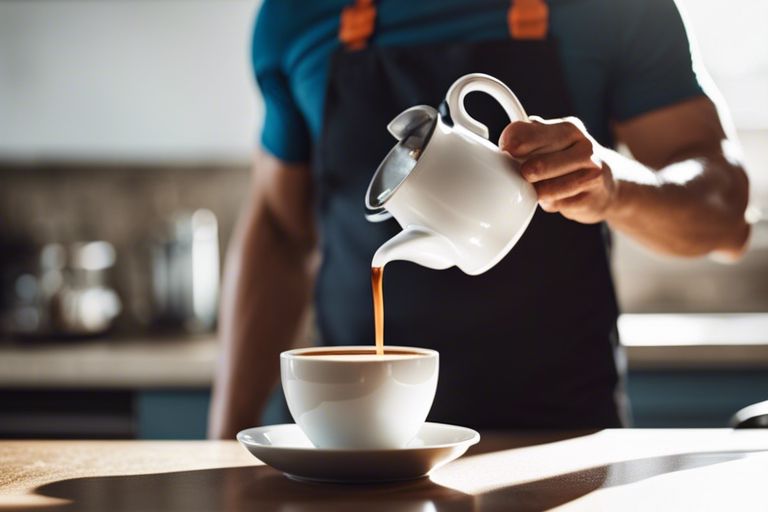
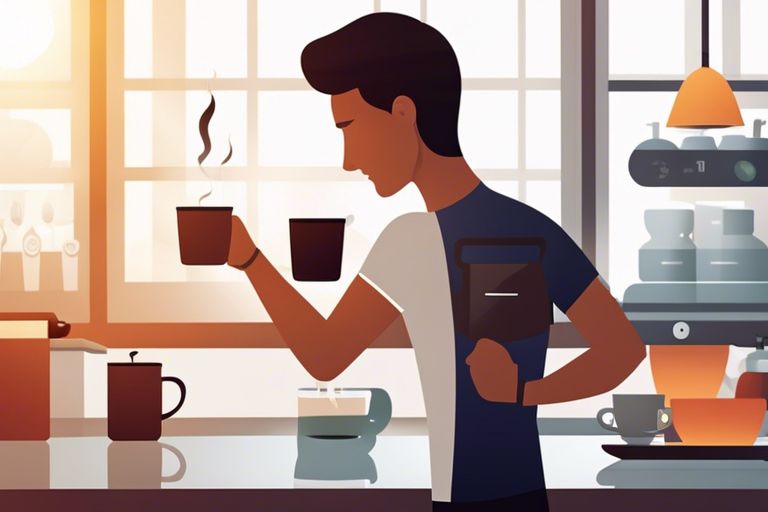

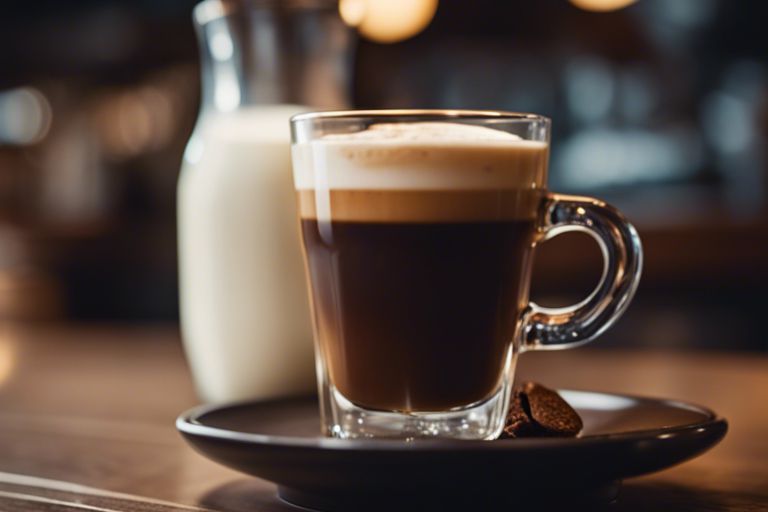

 In your forthcoming blog post, the chapter “Types of Coffee Crema” will be an necessary part of educating your readers about the diverse characteristics of this coffee element. Let’s explore the different types of coffee crema with a structured approach.
In your forthcoming blog post, the chapter “Types of Coffee Crema” will be an necessary part of educating your readers about the diverse characteristics of this coffee element. Let’s explore the different types of coffee crema with a structured approach.
